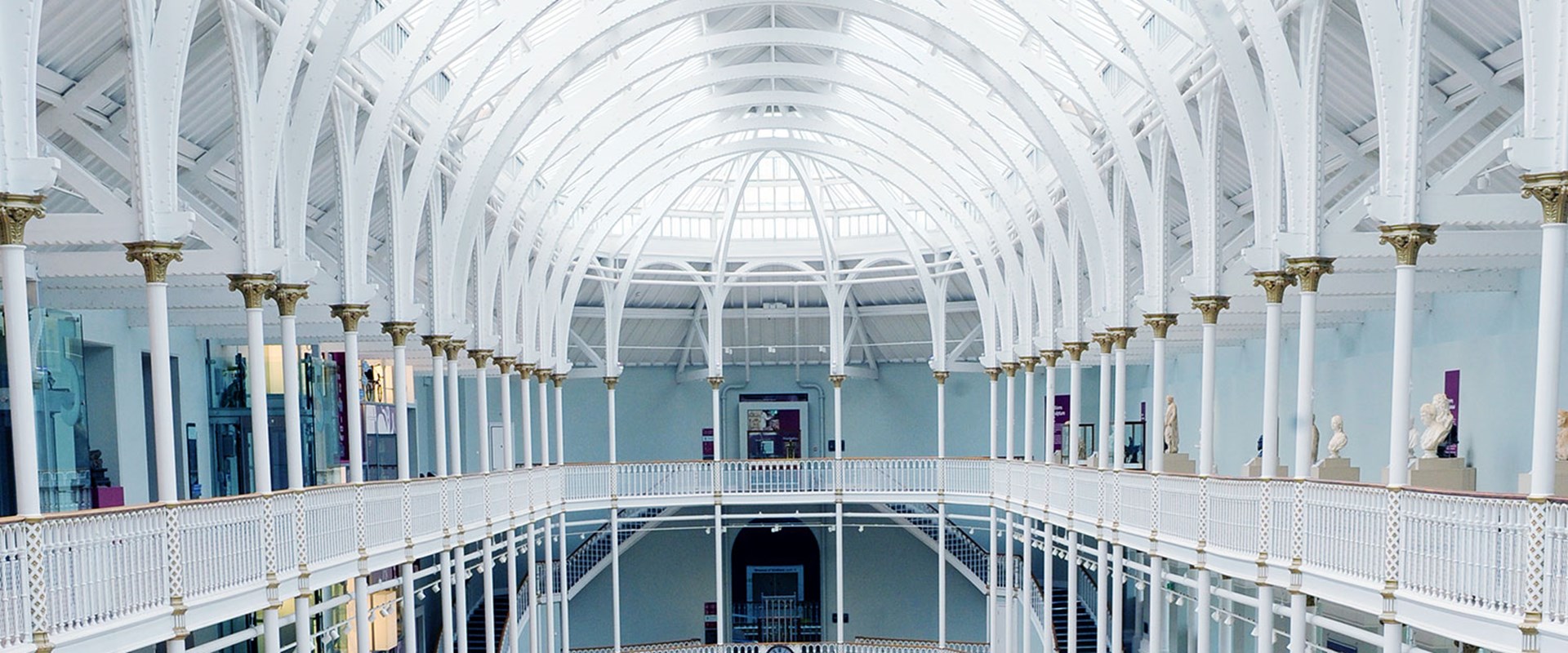The collection of almost 250 specimens contains fossilised remains of creatures that mark the period between 360 to 340 million years ago when back-boned animals first moved from water to land. Although this is one of the crucial chapters of evolution, the fossil record for the period was previously almost non-existent.
Museum experts believe the diversity and number of the fossils in this collection could provide the key that unlocks the period often referred to as Romer’s Gap (named after palaeontologist Alfred Sherwood Romer). The fossils come from one area near the mouth of the Tweed in the Scottish Borders and were discovered after a 20 year search by field palaeontologist Stan Wood.
Nick Fraser, Keeper of Natural Sciences at National Museums Scotland said:
National Museums Scotland has the best collections of Palaeozoic vertebrate fossils anywhere in the world and this acquisition enhances that claim. The scientific significance of the finds cannot be overestimated and Stan Wood, who sadly died last year, has left an amazing legacy that represents his lifelong quest to better understand this crossroads in the evolution of terrestrial life.
The find has already been hailed by Sir David Attenborough as very exciting, who wrote:
The fact that they shed light on a part of geological history that hitherto has been almost blank makes Stan Wood’s discoveries of world-wide importance.
An expert group of 12 scientists has been assembled to research the fossils, operating under the acronym TW:eed – Tetrapod World: early evolution and diversification. The consortium led by Prof. Jenny Clack involves scientists from National Museums Scotland, the British Geological Survey and the universities of Leicester, Cambridge and Southampton.
Already the collection has revealed one notable amphibian specimen that has been nicknamed ‘Ribbo’ due to its prominent and well-preserved ribs, providing scientists with enough information to interpret what the creature may have looked like as it roamed the Tweed basin around 350 million years ago.
Colin McLean, Head of the Heritage Lottery Fund in Scotland said:
These fossils are truly exceptional – the first of their type to be found anywhere in the world and they have been found here in Scotland. The Heritage Lottery Fund is delighted to help secure them so that their 350million year old history can be explored. We hope they will open people’s eyes to Scotland’s incredible natural history heritage and how it has helped shape the knowledge of our planet.
The Heritage Lottery Fund supported the £260,000 acquisition of the collection with a grant of £161,700 with the balance coming from donations, grants and charitable trusts.
Notes to Editors
-
National Museums Scotland looks after museum collections of national and international importance and provides loans, partnerships, research and training in Scotland and internationally. Our individual museums are the National Museum of Scotland, the National Museum of Flight, the National Museum of Rural Life and the National War Museum. The National Museums Collection Centre in Edinburgh houses conservation and research facilities as well as collections not currently on display.
-
Using money raised through the National Lottery, the Heritage Lottery Fund (HLF) aims to make a lasting difference for heritage, people and communities across the UK and help build a resilient heritage economy. From museums, parks and historic places to archaeology, natural environment and cultural traditions, we invest in every part of our diverse heritage. HLF has supported more than 3,000 projects with an investment of over £582million across Scotland. http://www.hlf.org.uk/.
5 March 2013
For more information or images, please contact Barbara Fraser, Bruce Blacklaw or Susan Gray, Press Office, Tel 0131 247 4288 or email b.fraser@nms.ac.uk

